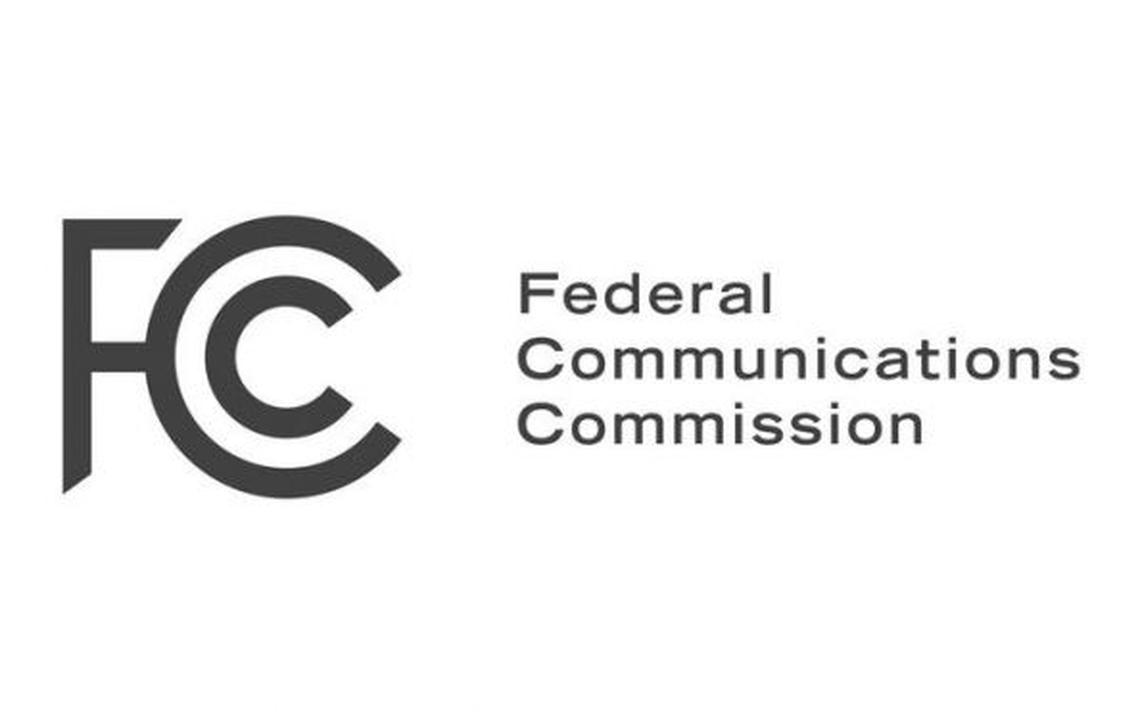With 60 markets prepping to launch the next-gen over-the-air TV standard known as ATSC 3.0 later this year, the Federal Communications Commission has been working to finalize details and ease the transition. Part of that effort includes ensuring regulations are equipped to handle the next big change in OTA TV, and the commission plans to meet later this month to look into tweaking the rules that govern how and where broadcasters can set up their equipment.
At the heart of the matter is Section 73.626, which deals with distributed transmission systems, or DTS. Put simply, instead of the traditional method of using one, large transmitter to broadcast across a wide area, DTS allows broadcasters to spread multiple transmitters throughout their coverage area, leading to more consistent signals, especially in harder-to-reach spots. The FCC’s current rules on DTS were adopted back during the digital television transition in 2009 — the one that had many of us purchasing converter boxes for our older TVs.
Proponents of the rule change, including America’s Public Television Stations (APTS) and the National Association of Broadcasters (NAB), say the existing rules for where those transmission sites can be placed are too limiting, especially near each broadcaster’s approved coverage area. Each broadcaster has an authorized service area, and DTS signals can extend beyond that boundary by a certain amount. The problem, they contend, is that current rules prevent those transmission sites from being too close to the boundary, potentially leading to poorer service in outlying areas.
In a very simplistic way, it’s a bit like trying to improve the WiFi signal in your home. Where you once just relied on a central router, many now turn to installing range extenders and repeaters to boost signals in far-flung corners of the house. Now imagine if you also had to make sure your WiFi signal didn’t spill over into your neighbor’s house.
Those pushing for a rule change are looking for more leeway in how much their signal is allowed to extend beyond their service area, but the effort is not without its critics. Microsoft, for one, asserts the rule change is a bit overkill for the problems they’re trying to solve, and instead recommends rule changes that more closely address coverage gaps rather than extend broadcasters’ current reach.
Indeed, even some of the proposal’s backers have reservations, with ARK Multicasting and the LPTV Spectrum Rights Coalition saying they’d support the change, but only if protections are put in place for low-power TV and translator stations to guard against interference from larger, neighboring signals.
The discussion will be part of the FCC’s Open Commission Meeting on March 31, alongside a number of topics including robocalls, “significantly viewed” local TV stations, and more. You can view the entire agenda and follow along with the live webcast on the FCC’s website.
Did you know we now have a FREE app for iOS, Android, and Amazon Fire? Click HERE to download our app.
Please follow us on Facebook and Twitter for more news, tips, and reviews. Need cord cutting tech support? Join our Cord Cutting Tech Support Facebook Group for help.


